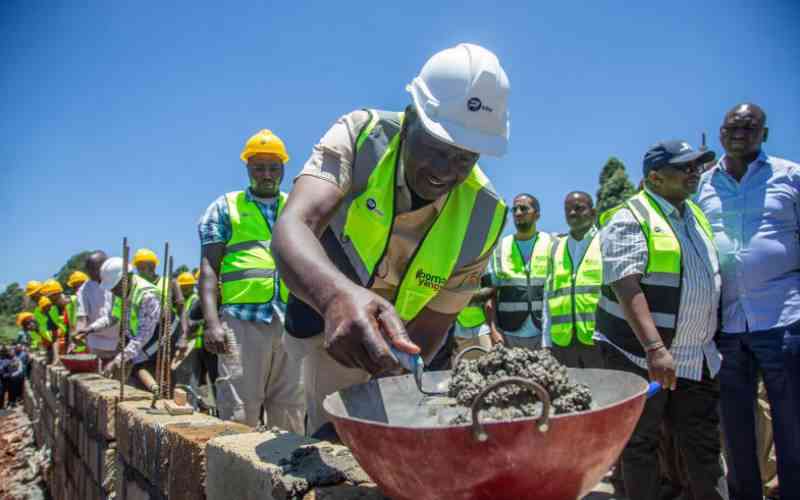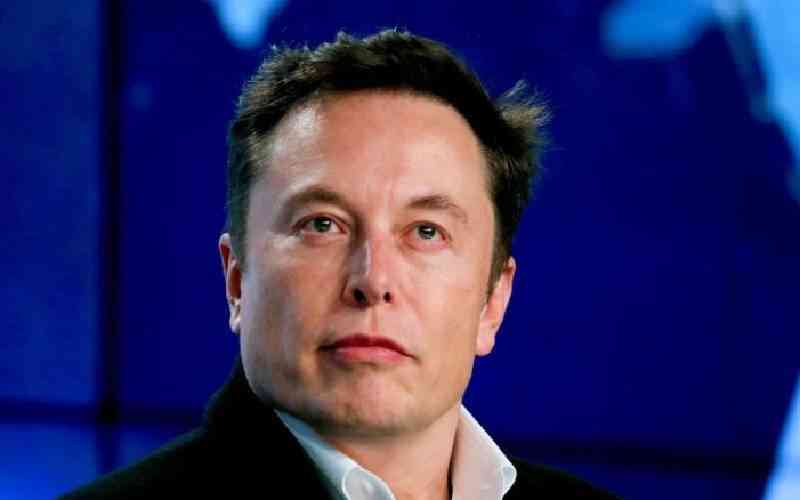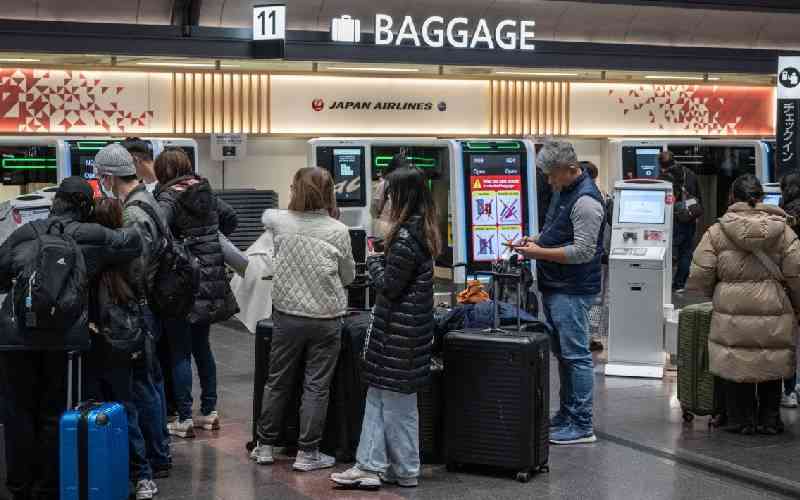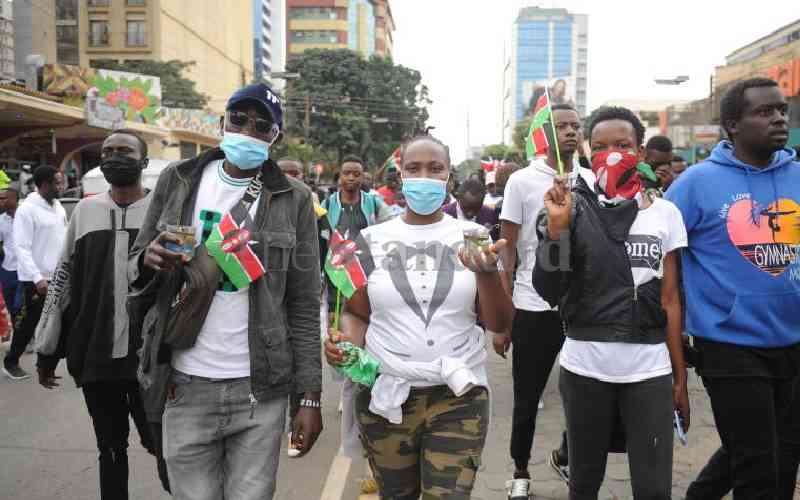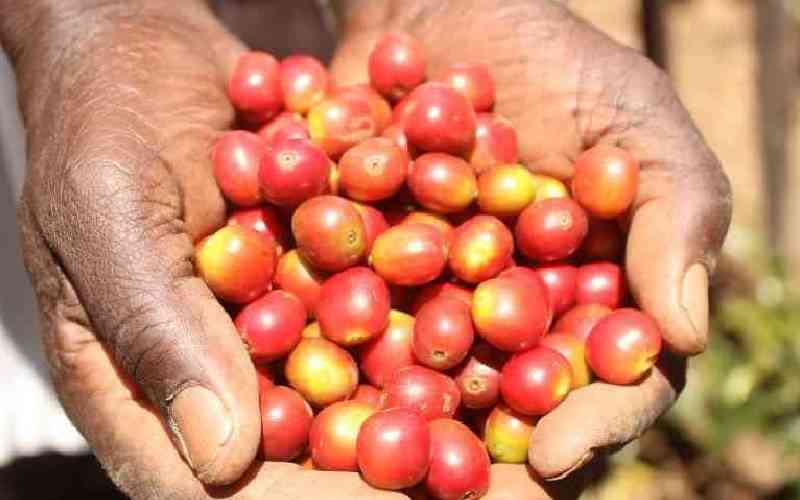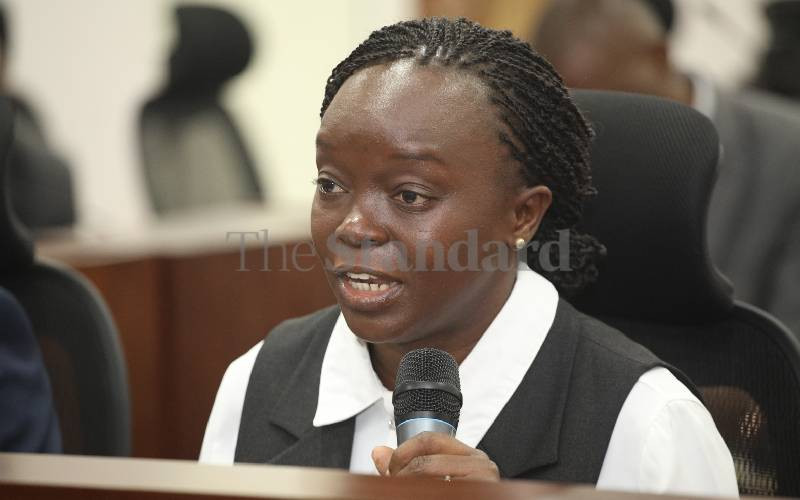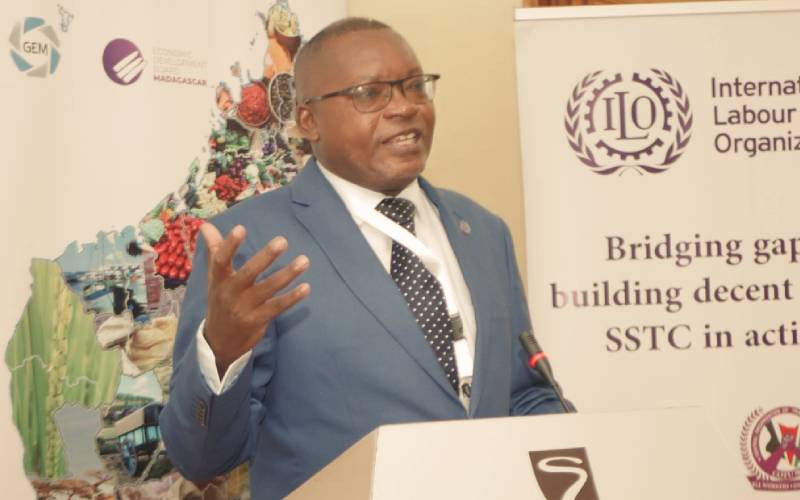
As President William Ruto navigates his third year in office, he faces a landscape marked by both opportunities and challenges.
The initial optimism that accompanied his election has been tempered by the realities of governance, where the complexities of economic management and public expectations collide.
President Ruto must manage these challenges for hustlernomics to deliver for all Kenyans.
In a nation where the price of unga can determine whether families can put a meal on the table, Ruto stands at a pivotal moment.
His tenure, greeted by a relentless series of crises, has tested his economic stewardship.
From a drought-stricken nation facing the prospect of debt distress, to deadly floods that delayed school openings, to the tumultuous Gen Z street protests that derailed his Finance Bill 2024, to the dramatic fallout with his first deputy, Rigathi Gachagua, Ruto’s leadership has not been all that smooth.
According to the Kenya National Bureau of Statistics (KNBS), the price of kerosene, widely used by low-income households for cooking and lighting, has fallen by 26.1 percent over the last year, while unga prices have dropped by more than 25 per cent.
- Ruto remains mute as healthcare crisis worsens
- Government calls on KMPDU to end strike
- Ruto meets KMPDU officials, promises lasting solutions to end industrial strikes
- Ruto forms a 20-member team to audit healthcare resources
Keep Reading
Household electricity prices have dropped by eight per cent, industrial-scale consumption (more than 200 kilowatts) has decreased by 14.3 percent, and a litre of diesel and petrol has dropped in price by 18.1 per cent and 16.8 percent, respectively.
However, the KNBS data also shows that several household consumer items have increased in price, including cooking oil (two per cent), single-room house rent (2.5 per cent), 13 kg cooking gas (6.1 per cent), and sukuma wiki (27.8 percent).
This highlights the work that remains ahead for Ruto’s administration, which rode to power on the promise to uplift hustlers.
A report released this week by the Kenya Institute of Public Policy Research and Analysis (Kippra) indicates that Kenya’s real Gross Domestic Product (GDP) expanded by 4.6 per cent in the second quarter of 2024. This growth was driven by strong performances in agriculture, forestry, and fishing (up 4.8 per cent), real estate (up 6.0 per cent), and financial and insurance activities (up 5.1 per cent).
However, growth was hindered by contractions in the mining and quarrying sector (down 2.7 per cent) and the construction sector (down 2.9 per cent). The global economic landscape has also shaped Kenya’s economic performance. The global economy grew by 3.3 per cent in 2023, despite supply-chain disruptions and inflationary pressures.
In a recent interview with Global Finance Magazine, Kamau Thugge, Governor of the Central Bank of Kenya, highlighted the country’s economic resilience: “The Kenyan economy registered strong growth of 5.6 per cent in 2023 compared to a revised growth rate of 4.9 per cent in 2022. The impressive performance was driven by a robust rebound in the agriculture sector after two years of consecutive droughts in 2021 and 2022.
The services sector also remained resilient, supported by growth in tourism, real estate, and financial and ICT services.” The inflation rate has remained within the government’s target range of 5±2.5 percent during the July-September quarter of 2024, marking a significant improvement from the same period in 2023.
The reduction in fuel prices has been a game-changer for businesses, with diesel prices falling from Sh179 per litre to Sh167, easing transportation costs significantly and providing a much-needed boost to small traders and consumers alike.
By implementing a fertiliser subsidy programme, the government has aimed to increase agricultural productivity and stabilise food prices
The Kenyan shilling’s recent strengthening against the dollar, moving from a historic low of Sh158 to around Sh129, has also been a positive development.
Stellar Swakei, Senior Research Associate at Standard Investment Bank, told CNBC in an interview that the Eurobond buyback in February averted fears of default and instilled confidence in investors.
“The Eurobond buyback was the turning point,” Swakei said.
She added that strategic initiatives by the Central Bank of Kenya to stabilise the shilling—such as transparent reporting of foreign exchange data and bolstering forex reserves through significant US dollar purchases—have been instrumental in supporting the currency’s strength.
However, the benefits of a stronger shilling continue to affect the availability and cost of imported goods.
Despite these gains, the path has not been smooth for President Ruto and his team as they craft Kenya’s economic path. The controversial Housing Levy and increased taxation have sparked public protests and legal challenges, highlighting the tension between government revenue needs and public tolerance.
The administration’s handling of public debt has shown promising signs. Through fiscal consolidation and improved revenue collection, the debt-to-GDP ratio has stabilised, though it remains a concern at 67 per cent of GDP.
 The Standard Group Plc is a multi-media organization with investments in media platforms spanning newspaper print
operations, television, radio broadcasting, digital and online services. The Standard Group is recognized as a
leading multi-media house in Kenya with a key influence in matters of national and international interest.
The Standard Group Plc is a multi-media organization with investments in media platforms spanning newspaper print
operations, television, radio broadcasting, digital and online services. The Standard Group is recognized as a
leading multi-media house in Kenya with a key influence in matters of national and international interest.

